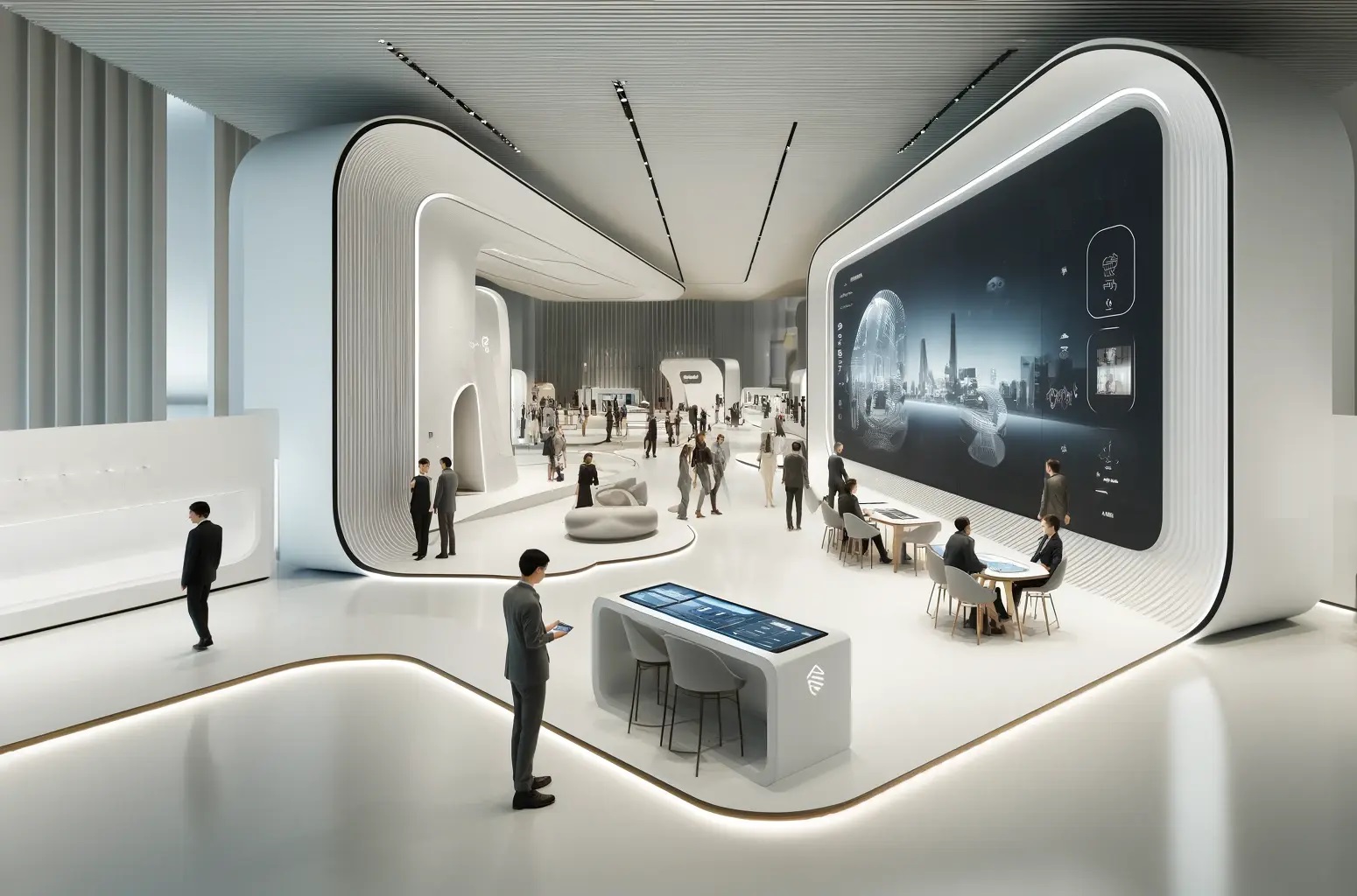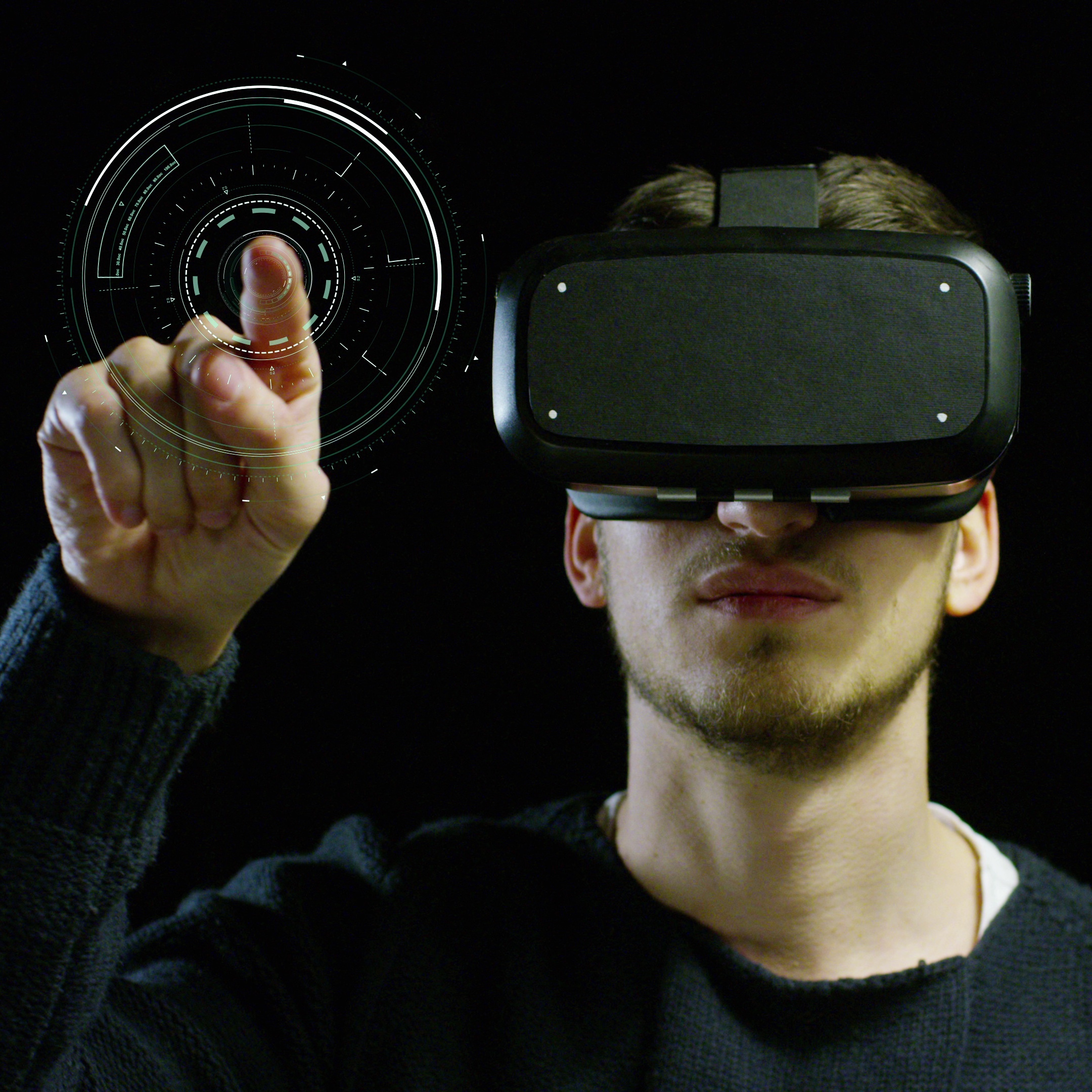The main ingredients of a tech-first brand museum
Lots of people find museums boring. But wait! There’s no need to hit delete on your plan for a brand museum.
The fact is that if you dig a little deeper, you’ll find that disinterest or disconnect from exhibits, information bombardment (and consequently fatigue), and a lack of engagement are to blame for people’s disinterest in museums.
That’s fixable!
A Medium blogger shares an experience about how he was bored in one museum but found another far more interesting. The only difference? He just happened to be reading something during his visit to the second museum that put its exhibits into context. The museum added depth to what he was reading. And what he was reading brought the exhibits to life.
In contrast, most museums seem like an arbitrary collection of anecdotes. No context was offered. No connections were made (to anything we already know. For the most part).
You can’t afford to have this happen at your brand museum. You can’t afford boredom and disconnect.
It would help your case if your brand museum is a less typical museum and more creative, immersive, and mind-opening like the corporate version of this.
That’s why it’s important to be strategic about the elements that go into your brand museum. You don’t want to have a hologram here, a VR exhibit there, and some AR around the corner. You can’t just splurge on cutting-edge tech with no plan as to what story they’re supposed to depict. And you definitely cannot afford to have anything tying exhibits together in a cohesive, strategically choreographed storyline.
In this blog, we discuss brand museum elements that can engage and even thrill your audience. We’ll also address how you should select these and how to design a plan that ties your exhibits together in a compelling storyline.
Top elements that make up a brand museum
Phygital
We’re seeing a convergence of physical and digital worlds everywhere. You would probably have noticed that your kids (or nieces and nephews, or you and your friends) can’t stop talking about VR gaming. Retail brands let you “virtual try on” their sunglasses, shoes, and apparel. AR-enabled Pokemon came along and made headlines —and in a lot of countries, you can use an AR app on your phone to bring artwork, graffiti, and outdoor advertising to life (by scanning them).
Brands use phygital elements to drive engagement, interest, and recall—to talk to their customers rather than at them. Bringing these phygital elements into your brand museum can similarly improve engagement, interest, and recall for the messages you’re trying to convey through your brand museum.
Here are some must-consider phygital elements:
Notice we said “must consider” and not “must have.” The point is that you use technology when it helps you improve storytelling. Avoid force-fitting.
- VR experiences
Virtual reality is changing the game for brand museums. With VR, visitors can explore remote factories, dive deep into your brand’s history, or examine intricate details of products that are hard to show in the real world. It doesn’t just narrate your brand’s story—it immerses people in it, making the experience unforgettable.
Moreover, VR technology is evolving at record speed. Gone are the days of being tethered by clunky wires or bulky setups. VR is now breaking free from those old constraints.
For example, VR domes now deliver fully immersive experiences without the need for external sensors. This opens up new possibilities for creativity and freedom in content creation. Plus, it’s a perfect fit for our slightly proximity-sensitive, shared-device-sensitive, post-pandemic world. At magineu, we built a VR dome for Bharat Petroleum, a leading petroleum manufacturer, at their experience center, allowing teams to collaboratively visit the refinery virtually.
- AR exhibits
Museums are increasingly using augmented reality to transform their exhibits. AR blends digital elements—like images, text, and sounds—into the real world. This technology changes how we experience exhibits, making them richer and more immersive. By adding digital content to physical artifacts, AR makes displays more engaging. Visitors are not only able to interact with additional information but also view animations and see reconstructions that enhance their experience.
Also, you no longer need an iPad or app for these features. AR is evolving beyond the need for smartphones and tablets.
Devices like the Apple Vision Pro are leading this new era. They offer even more innovative ways to enhance exhibits at brand museums.
- Holograms
Holographic displays can allow your brand museum visitors to meet historical figures associated with your brand. Imagine a beloved brand founder come to life as if they’re speaking directly to your visitors (think Nicola Tesla, Henry Ford, and Steve Jobs) or see your brand’s journey unfold in vivid, lifelike detail.
Or picture an animated brand mascot right before your audience’s eyes, guiding them through product features.
And that’s not all.
Holograms can display every angle of a product, allowing visitors to explore it as if they’re holding it.
- 3D projection installations
Projection mapping is revolutionizing how we display information. It projects virtual images on nearly any surface—walls, floors, vehicles… and even an oddly shaped surface. At magineu, we created a scale 3D model of Tata Steel’s facility and affixed 3D projectors above it to use lights to animate the model and depict steel-making processes.
You can similarly display complex factory processes or intricate product details in a way that’s engaging and clear using projection mapping. You basically turn any ordinary surface into a dynamic canvas.
Lighting
Everywhere you look, lighting is transforming spaces in ways that go beyond the basics. Think about how restaurants use dim lighting to create a cozy atmosphere or how retail stores spotlight their newest products.
However, we’re not talking about fixtures to keep your space appropriately lit—we’re referring to lighting choreography where lighting supports brand-led storytelling.
Take our work at the TCL brand museum, for example. We didn’t just light up a passageway; we used strategically designed lighting to turn it into an experience. The lighting wasn’t just functional; it was intentional, enhancing the visual impact and reinforcing TCL’s image as a forward-thinking, future-ready brand.
Music/ Sound
Creating a music strategy for your brand museum is key to enhancing visitor experiences and achieving your business goals.
Begin with the entrance area, where your “lobby music” sets the tone as guests arrive. It should be inviting and align with your brand’s DNA and the audience you intend to welcome. (You’re probably not playing the latest hits from Spotify if you are a cyber security brand expecting senior stakeholders, for example)
Sound also plays a crucial role in individual exhibits. Each exhibit should have tailored audio that complements the visuals, and it shouldn’t be an afterthought (or not considered at all).
Consider how audio enhances your museum’s overall narrative. It should resonate with visitors and enrich their interaction with each display.
Aligning your music strategy with your brand and audience ensures a cohesive and memorable experience. It helps convey your brand’s story and effectively supports your museum’s objectives.
Planning How the Elements Come Together
Plan a Storyline
Start by defining your overall business goals. How does your brand museum align with these objectives?
Craft your exhibits with a clear narrative: intro, climax, and resolution. Think of it like any compelling story.
Consider how each exhibit contributes to the larger storyline. Your museum should guide visitors through an engaging journey.
Offer Alternative Exploration Paths
Different visitors have different interests. Offer alternative ways to explore your exhibits.
For example, magineu’s AR table at the TCL brand museum allows users to choose their exploration based on objects, catering to varied visitor preferences.
Look for Contextualization Opportunities
Think about how your exhibits might evolve. What you showcase today could change in a few months or for different audiences.
Ensure your setup allows for easy updates and additions. This flexibility keeps your content relevant and engaging.
Conclusion: Meet your business goals with a strategically planned brand museum
Building a brand museum involves careful planning and alignment with your business goals. It is challenging to determine which parts of your story are best presented through various elements.
Consider which stories are essential and how best to showcase them. Ensure that each exhibit adds value and avoids duplication.
Effective planning prevents gaps and makes the experience seamless for visitors.
magineu can guide you through this process, offering practical solutions to turn your ideas into a successful museum. Contact us to bring your vision to life.



